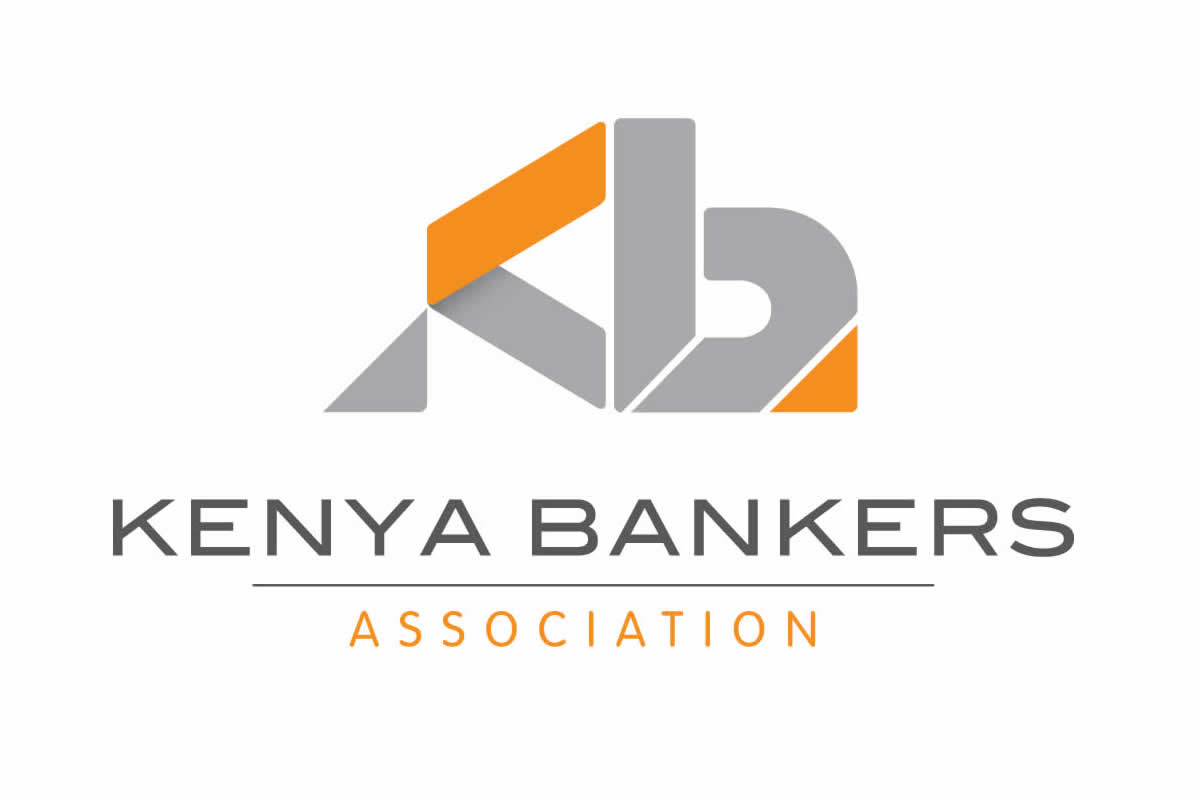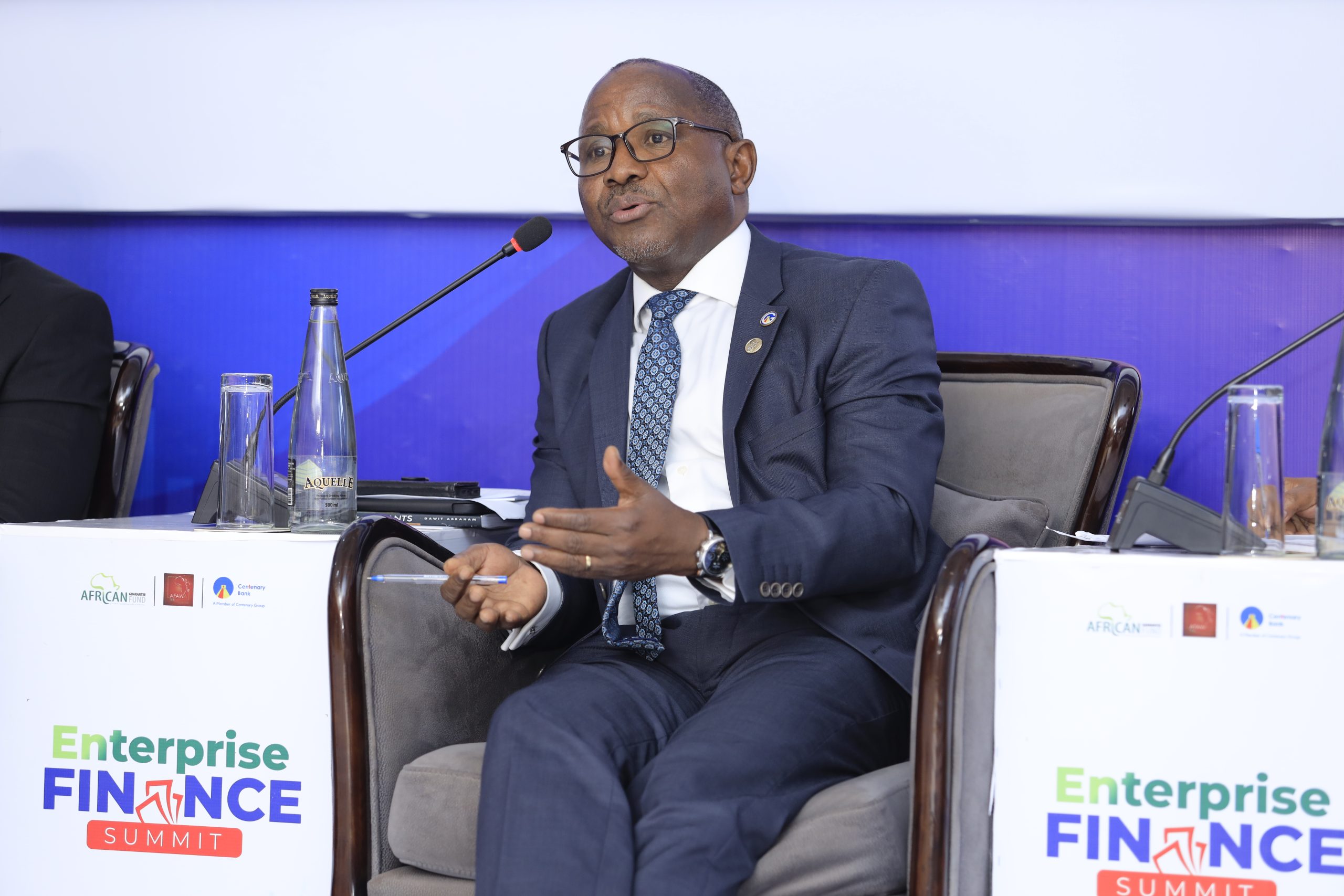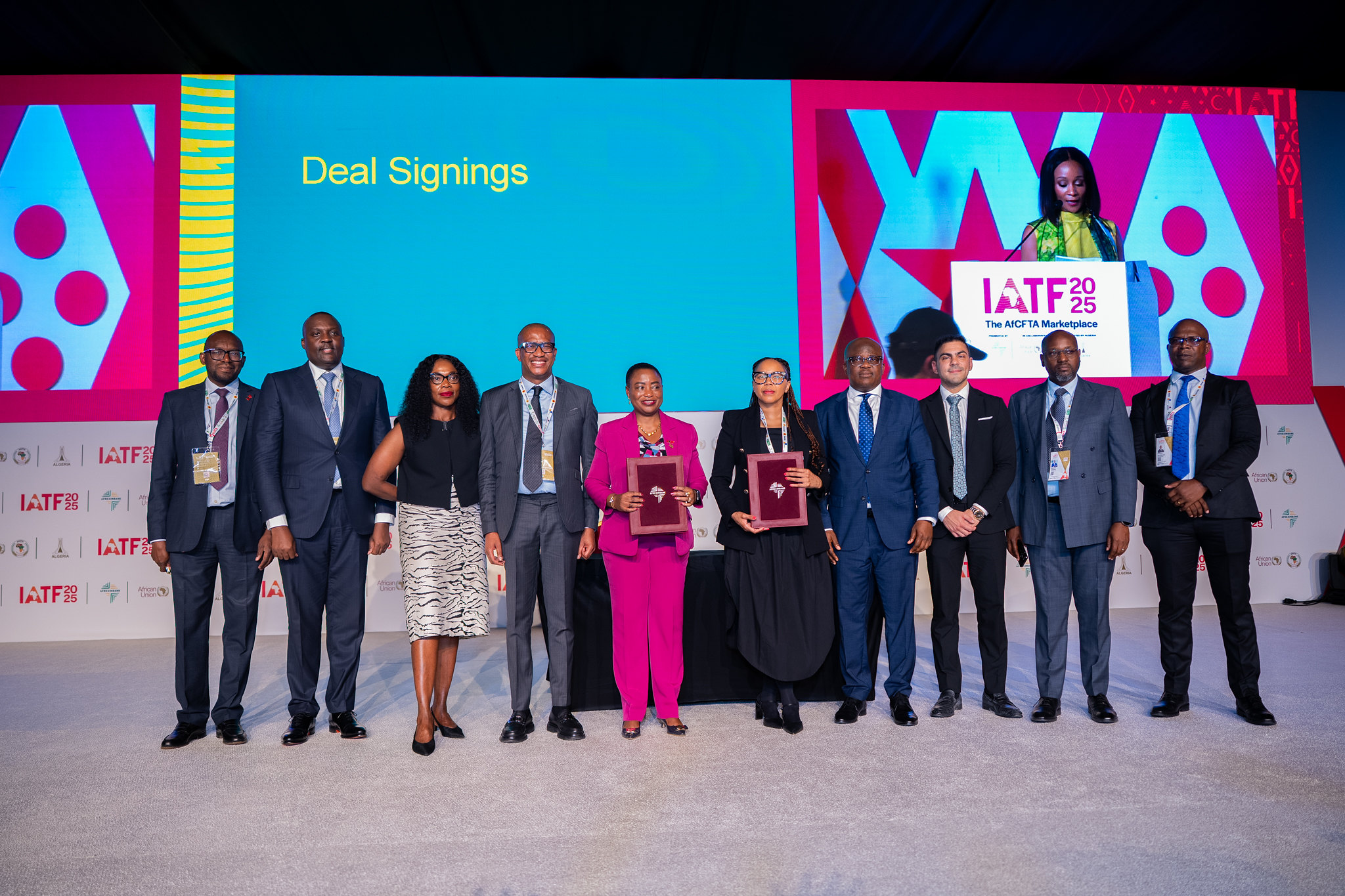Kenyan banks have surpassed their Micro, Small, and Medium Enterprise (MSME) green lending targets, a milestone that could unlock up to KShs 19 trillion in “nature-positive investment potential,” according to reports. The achievement signals the financial sector’s commitment to advancing sustainable finance and supporting the green economy.
This progress comes after a concerted push by the banking industry and regulators to channel funds toward environmentally sustainable projects. In April 2025, the Central Bank of Kenya launched green finance tools, including a taxonomy that provides a common understanding of what constitutes green finance.
Factors driving green finance growth
Several factors have contributed to the surge in green financing for Kenyan MSMEs:
- Targeted lending: Leading banks, such as KCB Group, have mobilized resources by pledging a percentage of their loan portfolios to green initiatives, with one report from February 2025 indicating KCB had lent KShs 100 billion to MSMEs.
- Capacity building for MSMEs: Financial institutions are focusing on building the capacity of MSMEs to help them access green financing and adopt sustainable practices.
- Supportive policy and legal frameworks: The country’s National Climate Change Action Plan and the Climate Change Act provide a strong regulatory foundation for green finance.
- International partnerships: Organizations like the Green Climate Fund (GCF) and the European Investment Bank (EIB) are collaborating with Kenyan institutions to unlock climate finance.
- Vast renewable energy potential: With nearly 90% of its electricity already generated from renewable sources, Kenya is a key player in the green energy transition, with significant potential in geothermal, solar, and wind.
- Green bonds: High investor interest was previously seen in the country’s first-ever green bond in 2019, which was oversubscribed, signaling a strong market.
Benefits for the green economy
The increased lending is expected to generate significant benefits for Kenya’s green economy:
Restoration of ecosystems: The financing can also be used for the conservation and restoration of valuable ecosystems, such as the Mau forest.
Economic growth and job creation: A transition to a green economy is projected to create new “green jobs” in sectors like renewable energy, e-mobility, and sustainable agriculture. A July 2024 report forecasted that Africa’s green economy could create over 3 million jobs by 2030, with Kenya among the top contributors.
Enhanced sustainability: Green financing supports sustainable practices in critical sectors like agriculture and manufacturing, aligning with national development plans.
Climate resilience: The funding can support adaptation and resilience-building efforts, vital for a country highly vulnerable to climate change impacts.











